Category: All About Guns
.375 H&H Magnum Explained
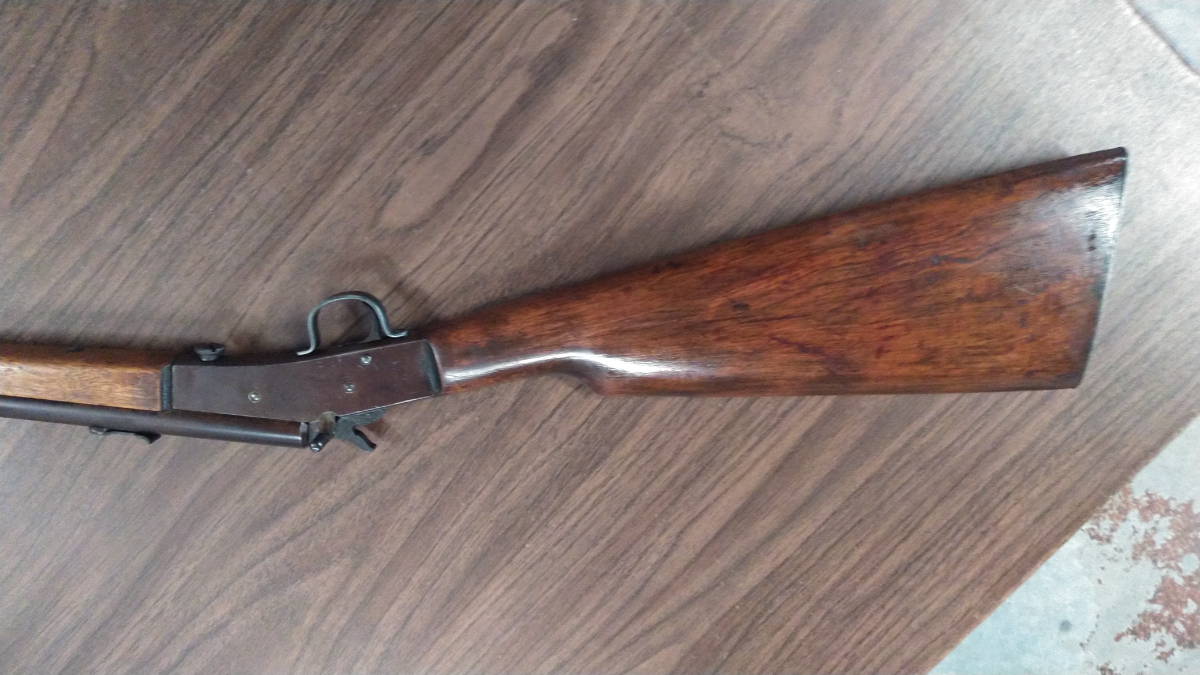
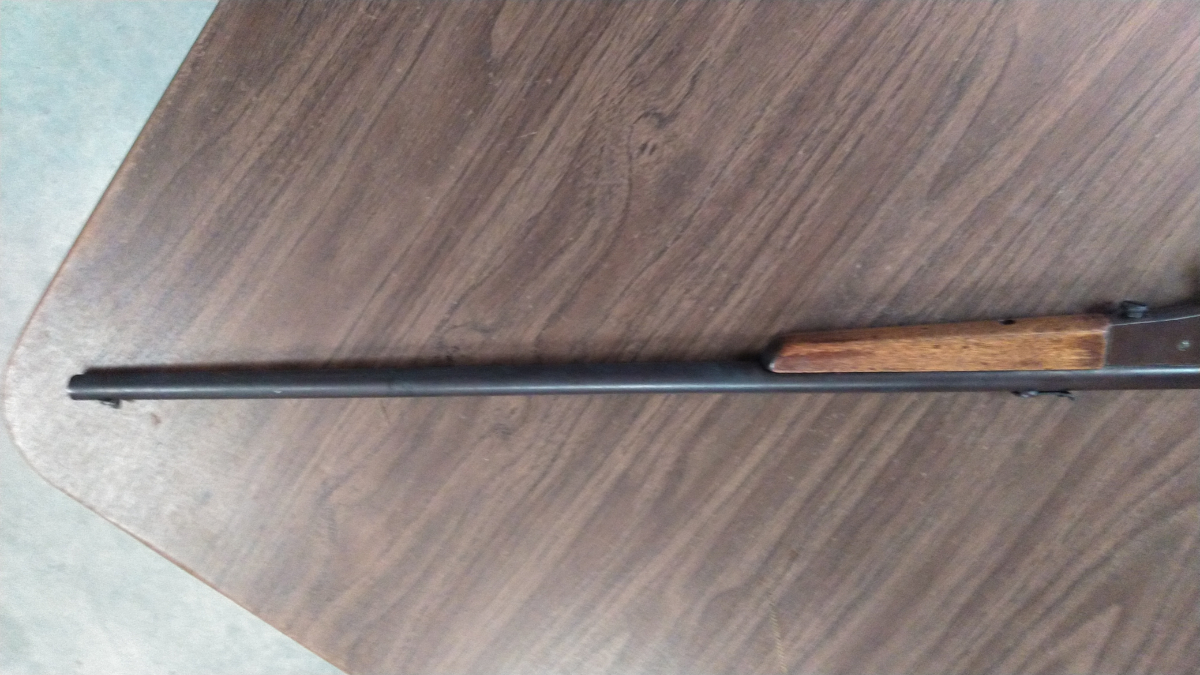
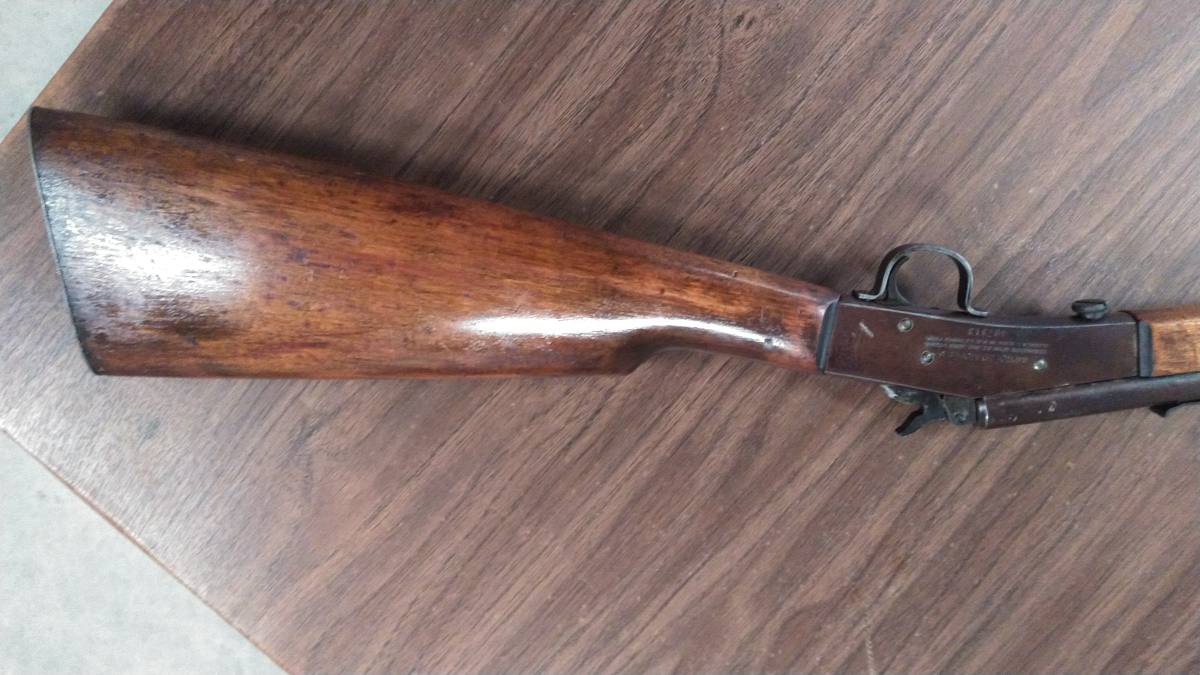
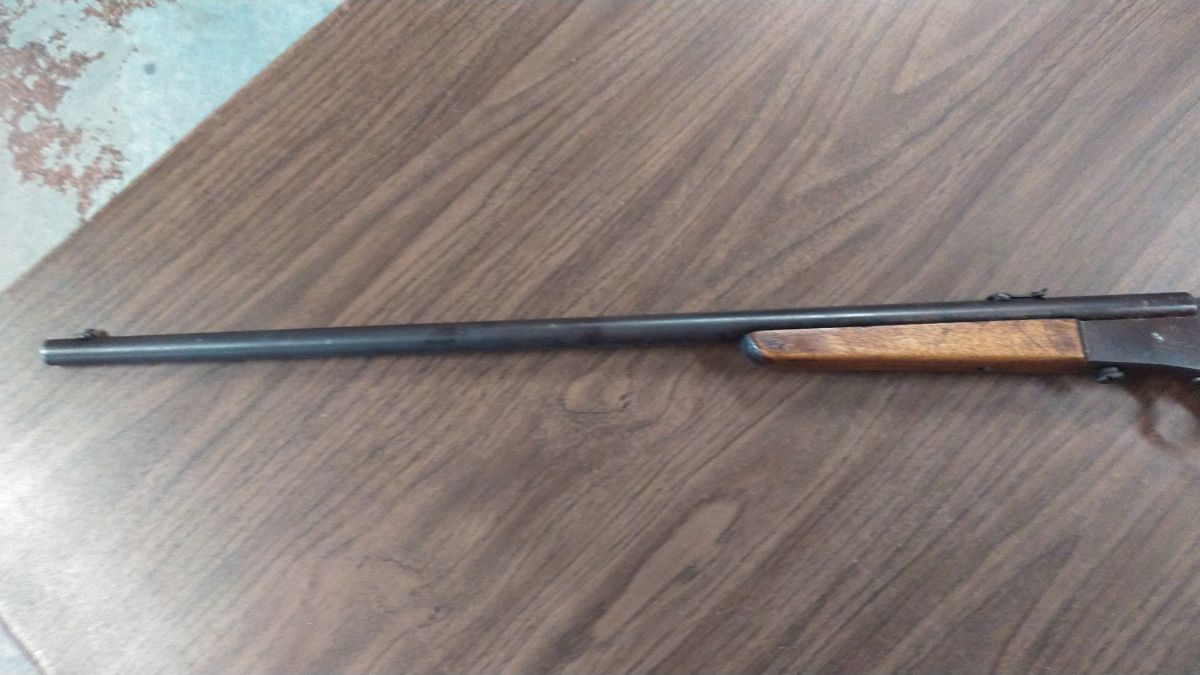
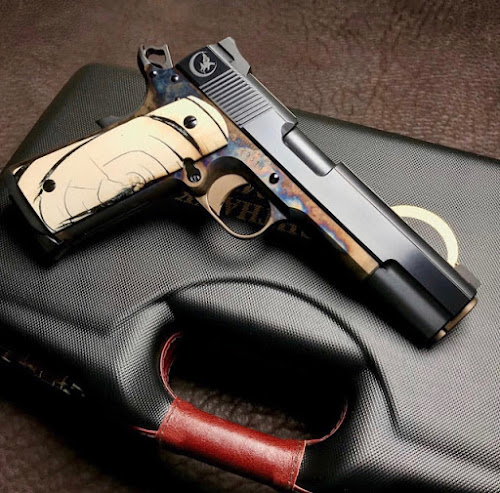
Savage & North “Figure 8” Revolver

Remembrance of Things Past, or as currently translated, In Search of Lost Time, is not for the faint-hearted. I began reading it as a young man and greedily sucked in the first 500 pages, began to lose traction in the next 500, and spun out completely in the second 1,000. I still return to it occasionally, knowing in the same way that I know I’ll never see all of the Rocky Mountains that I’ll never finish Proust’s 1.3-million-word masterpiece. What I gained in my time with Proust was a conviction that my own nocturnal adventures were gifts that revived past pleasures and sometimes illuminated future ones. Case in point: Lying awake one night in softly filtered moonlight beneath the ceiling fan’s gentle whir, I glanced at the bedside clock to see how much of the night remained to be enjoyed. Glowing numerals said 2:43, and off I went.
ONCE UPON A TIME, in the closing years of the 1960s, the decade one writer defined as when our country suffered a nervous breakdown, there was a kid undistracted by flower children, assassinations, moon walks, and unpopular wars. That kid, obsessed by forest and field, lake and stream, couldn’t concentrate on anything else for longer than two seconds. Today he’d be labeled ADD and introduced to the local pharmacist. But luckily he had a sympathetic father and an indulgent mother who allowed him to self-medicate with heavy doses of open air and wild places. While his peers were obsessing on cars, rock-and-roll, and girls, our protagonist, indifferent to the first two and unready for the last, extended his obsession for woods and fields to include rifles—a tough act in the Deep South, which in those days was a shotguns-only world. There was no Internet, no TV hunting channels, no virtual anything to feed his rifle obsession, so the kid absorbed hunting magazines like a sponge, coming to know the writers better than the adults in his own neighborhood. Firearms catalogs littered his room, and he rushed through homework to pore over ballistics tables and study the comparative anatomy of the Model 70 vis-à-vis the Model 700.
The years passed, and one autumn day in the early 1970s the kid wedged himself into the fork of a solitary oak in a South Alabama bean field. The Ruger Model 77 on his shoulder was only a couple of years out of the womb, but like most kids, he wanted to try new things. Winchester and Remington had been around almost since the days of stone axes, and founders Oliver and Eliphalet looked like Dickens characters. Bill Ruger, on the other hand, was dapper and hip and no older than the kid’s parents, and he built things like inexpensive .22 autoloading pistols (one of which the kid had already worn free of bluing), cowboy-style revolvers long after Colt had dumped the design, and an unlikely single-shot rifle, all of which the shooting public took to like free ice cream.
Later, Ruger would be written up in Forbes, design his own car and yacht, acquire a world-class art collection, and be compared to John Browning as a firearms designing genius. Before those things, though, Ruger announced his Model 77 bolt-action rifle about the time the kid’s obsession was peaking. For the kid, it was the right thing at the right time. His gun writer gurus called it an instant classic, though the kid struggled to see the similarity between the Model 77 and the ancient civilizations his teachers used the same word to describe. Beyond its innovative design features and uncluttered lines, reviewers were amazed that Ruger offered the 77 only in what the ad-men called “short stroke” calibers—language that would have killed it instantly in the sexually obsessed decades that followed.
The kid liked everything about the new rifle, from its clean lines down to its flattened, oddly angled bolt handle, and he meant to have one. That you couldn’t get it in the all-American .30/06 or O’Connor’s pet .270 merely added a dash of spice to its appeal. The .243 Winchester was the wunderkind cartridge of the day, claimed by some writers to drop deer like Thor’s hammer, inexplicably quicker than more powerful rounds and without their backlash. The concept being hammered out in the kid’s mind was that a Ruger 77 in .243 topped with one of the new generation of variable scopes (it would be a Weaver V7 from the old El Paso firm) was about as cutting edge as you could get. And the kid made it happen.
AS DARKNESS SETTLED OVER THE BEAN FIELD, a buck stepped out of the shadows. The kid gulped, steadied the crosshairs, and got a shot off before the shakes could introduce him to the darker side of gravitational acceleration. The buck dropped without a quiver, just as advertised. The kid never forgot the way he felt when his dad’s ridiculously finned ’59 Chevy hove into view, and he knew his dad could see him standing over his buck in the headlights.
Other deer fell to his magic .243 before the kid had a run of bad luck; accepting poor judgment and bad shooting as the real culprits lay miles of maturity into his future. In the meantime, companies were turning out new wonder cartridges, and the kid was relieved to read that his failures may have been equipment related. He dropped the .243 as quickly as it had downed that first bean-field deer, and a new obsession took flight.
If there was an “it” cartridge in the early 1980s, it was the .280 Remington. Introduced in throttled-back form to accommodate its namesake company’s semiautos and pumps, then jacked up to .270 speeds and renamed 7mm Express in an effort to bolster lagging sales, then back to the .280 when consumers found the dual names confusing, it seemed a cartridge in search of an identity. But the rifle cognoscenti took to it like ants after honey, and the articles poured forth like free wine. Mystical ballistic qualities were once again hinted at, and our kid, still clay to the printed word and hungry for the cutting edge, jumped in with both feet. He still liked 77s and scoured the land until he found one in .280.